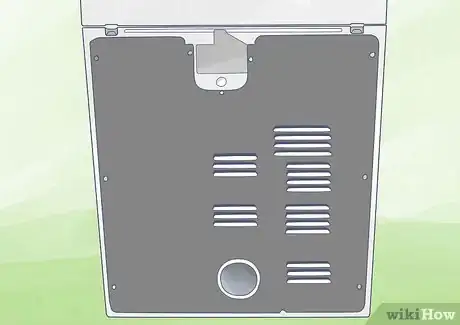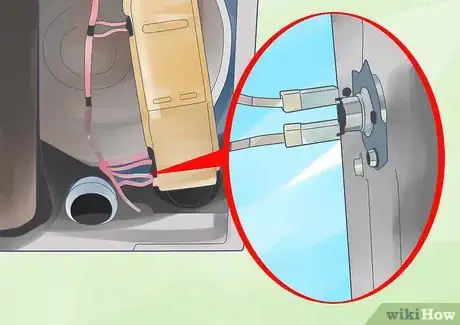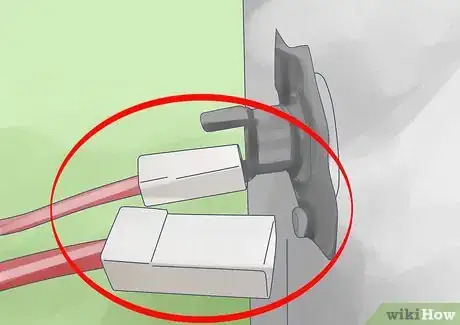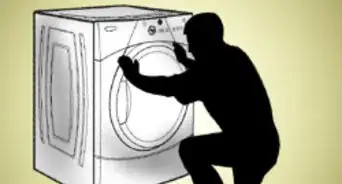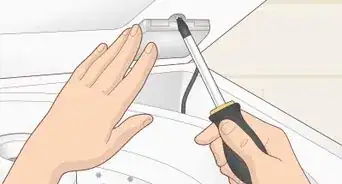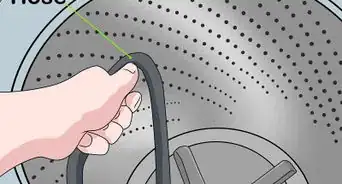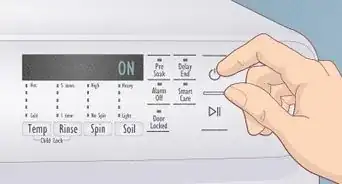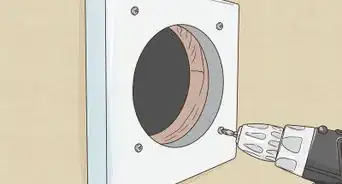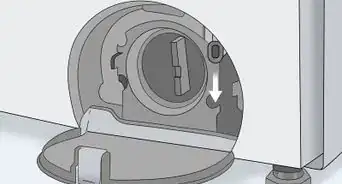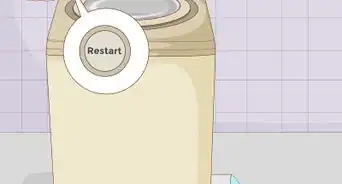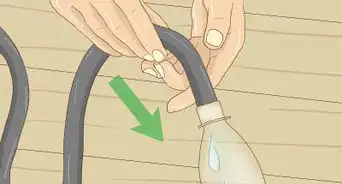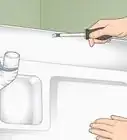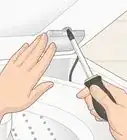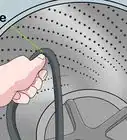This article was co-authored by Egor Shevtsov. Egor Shevtsov is a Home Improvement Specialist and Managing Partner at Appliance Techie in Orange County, California. With over seven years of experience, he specializes in maintaining and repairing appliances. He earned a Bachelor of Arts in Business Administration and Management from the International American University and a Master of Business Administration from the Russian University of Cooperation, former Moscow University of Consumer Cooperation.
This article has been viewed 228,009 times.
The thermostat in your clothes dryer is an important component to the unit. If you've ever pulled clothes out only to find that they were still damp, or found that your dryer was not shutting off at the timer, the thermostat may be the first thing to troubleshoot. Thermostats regulate the heat used in the drying process. If the thermostat is faulty, you may need to replace it. You can use these steps to determine if your thermostat is the cause of malfunction, or if you have another heating component that's not operating properly.
Steps
-
1Turn off the electrical power to your dryer. Unplug the appliance from the wall, or cut the circuit to the dryer at the main fuse or breaker box.[1]
-
2Access the dryer's rear panel. Pull the dryer from the wall and locate the rear access panel.
- Remove the metal screws of the panel with a Phillips screwdriver.
Advertisement -
3Locate the thermostat. Check the blower wheel housing and vent systems and look for a small, oval thermostat, about 1 1/2 inches (3.81 cm) in length.[2]
-
4Detach the thermostat wires. The dryer thermostat will have 2 wires connecting it to the heating element. Label each wire prior to removal so you will know how to reconnect them.[3]
- Identify the metal slip connector attached to the wires.
- Pull the wires by these connectors. If necessary, use needle-nose pliers.
-
5Measure the thermostat's ohms. Ohms are used to indicate electrical flow.[4]
- Use a multimeter to test the thermostat's resistance by setting it to the RX 1 setting.
- Place each of the meter's probes onto the wire terminals. You should receive a reading of 0. Resistance that is low, or near 0, means that the electrical flow is good. If the meter does not indicate 0, but reads infinity, your thermostat should be replaced.
Community Q&A
Did you know you can get answers researched by wikiHow Staff?
Unlock staff-researched answers by supporting wikiHow
-
QuestionHow many ohms should a dryer thermostat have?
 wikiHow Staff EditorThis answer was written by one of our trained team of researchers who validated it for accuracy and comprehensiveness.
wikiHow Staff EditorThis answer was written by one of our trained team of researchers who validated it for accuracy and comprehensiveness.
Staff Answer wikiHow Staff EditorStaff Answer
wikiHow Staff EditorStaff Answer -
QuestionHow can you tell if a thermal fuse is bad?
 wikiHow Staff EditorThis answer was written by one of our trained team of researchers who validated it for accuracy and comprehensiveness.
wikiHow Staff EditorThis answer was written by one of our trained team of researchers who validated it for accuracy and comprehensiveness.
Staff Answer wikiHow Staff EditorStaff Answer
wikiHow Staff EditorStaff Answer -
QuestionCan you run a dryer without a thermal fuse?
 wikiHow Staff EditorThis answer was written by one of our trained team of researchers who validated it for accuracy and comprehensiveness.
wikiHow Staff EditorThis answer was written by one of our trained team of researchers who validated it for accuracy and comprehensiveness.
Staff Answer wikiHow Staff EditorStaff Answer
wikiHow Staff EditorStaff Answer
Warnings
- Always cut the power supply when working with electrical equipment to avoid shock.⧼thumbs_response⧽
Things You'll Need
- Phillips screwdriver
- Needle-nose pliers
- Multimeter

